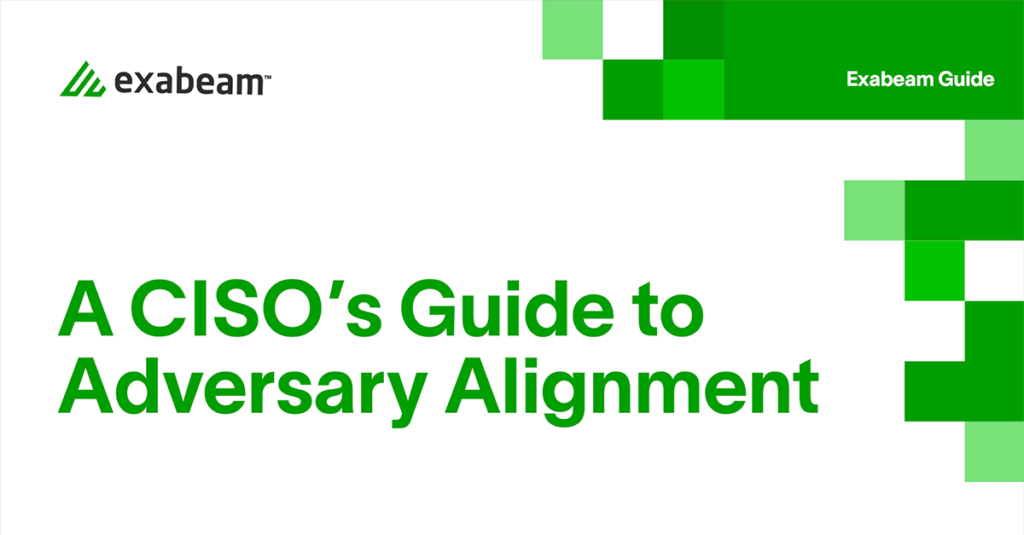As a CISO, you are often faced with the daunting question, “Are we secure?”. It’s a question that oversimplifies the complex and ever-evolving world of cybersecurity. A more appropriate question would be, “Are we adversary aligned?”. In this series of blog posts, we will explore the concept of adversary alignment, its importance, and how CISOs can implement it within their organizations.
In this article:
What is adversary alignment?
Adversary alignment refers to a security operations team’s ability to prepare for, detect, and respond to the full spectrum of threats across the cyberattack lifecycle. This approach is rooted in the understanding that:
- Adversaries have specific tactical objectives they want to achieve, which are unique to each organization.
- They deploy certain techniques to achieve these objectives.
- Organizations need robust security controls aligned to their business models to help fend off these adversaries.
Adversary alignment is more than just understanding common attack vectors; it also involves widening the scope to account for all possible individuals and conditions within an organization that could lead to a control failure or data breach.
The MITRE ATT&CK® framework
The MITRE ATT&CK® framework is a valuable resource for understanding and emulating adversary behavior. This comprehensive matrix and knowledge base delineates attacker tactics — such as lateral movement, defense evasion, and data exfiltration — based on specific techniques or actions used to achieve them.
The ATT&CK framework is instrumental in building adversary emulation scenarios and enabling cyberthreat intelligence. It upholds the belief that understanding offense is the best driver of defense.
Implementing adversary alignment
To implement adversary alignment in your organization, consider the following steps:
- Identify your key assets and potential adversaries: Understand the critical components of your organization’s infrastructure and the specific adversaries that may target them.
- Analyze threat intelligence: Collect and analyze threat intelligence to understand the tactics, techniques, and procedures (TTPs) used by these adversaries.
- Align security controls: Develop and implement security controls tailored to your organization’s business model and the identified adversaries’ TTPs.
- Test and refine: Continuously test the effectiveness of your security controls against real-world attack scenarios and refine them as needed.
In the next blog post, we will delve deeper into why CISOs need to expand and evolve their thinking around what — and who — constitutes an adversary.
To learn more, read the complete CISO’s Guide to Adversary Alignment
Adversary alignment is the ability to understand your organization’s visibility and capability gaps to detect threats across the entire cyberattack lifecycle. The adversary-aligned CISO has the power to profoundly shift their organization to create a culture of risk awareness, empowerment, and communication, where security leaders and teams can speak candidly about the security capabilities the organization has — and the capabilities that it lacks — and confidently hold senior decision-makers to account.
Download this white paper to learn how your people, processes and tools can be adversary-aligned, and the benefits of doing so.

Similar Posts
Recent Posts
Stay Informed
Subscribe today and we'll send our latest blog posts right to your inbox, so you can stay ahead of the cybercriminals and defend your organization.
See a world-class SIEM solution in action
Most reported breaches involved lost or stolen credentials. How can you keep pace?
Exabeam delivers SOC teams industry-leading analytics, patented anomaly detection, and Smart Timelines to help teams pinpoint the actions that lead to exploits.
Whether you need a SIEM replacement, a legacy SIEM modernization with XDR, Exabeam offers advanced, modular, and cloud-delivered TDIR.
Get a demo today!












